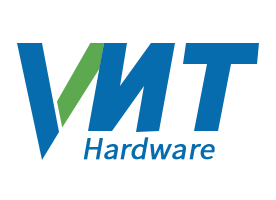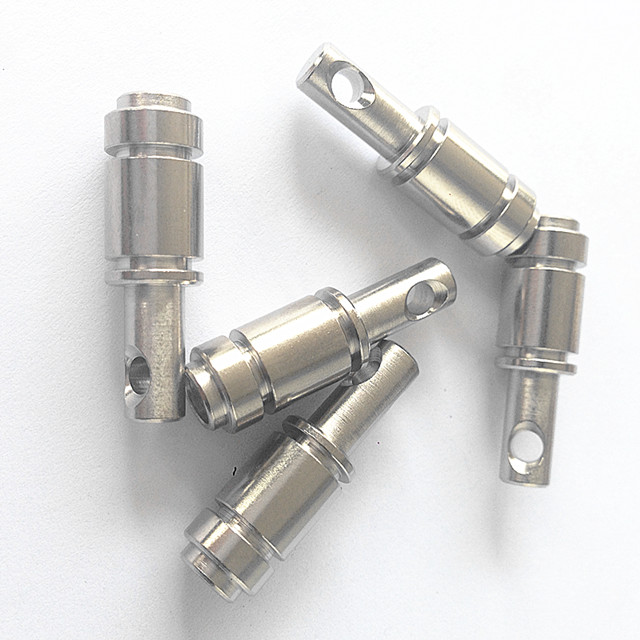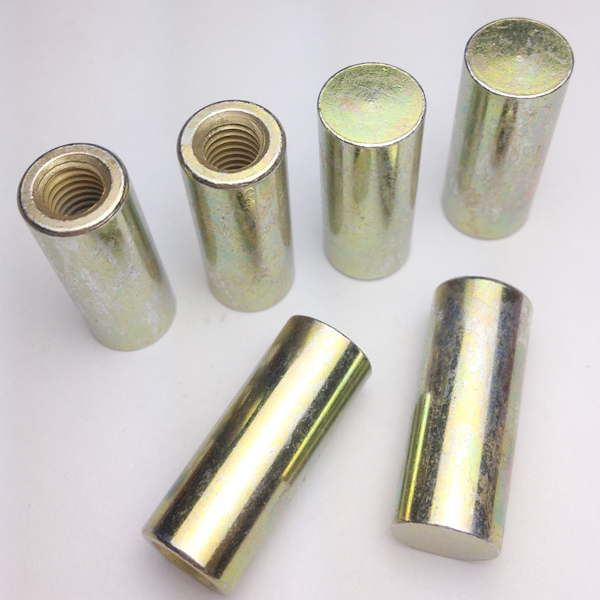Plating Service
VMT offers a complete range of Forging processing service. These include mold tool making, forging, machining, polishing and plating. Our advanced inspection and test equipment ensures the quality of your raw materials and your finished parts. We invite you to experience our professional service at an unbeatable price when you send us your CAD files for a free quote.
The Electroplating Process
Electroplating, as used today, is the process through which a conductive object is coated with a layer of a different material to transfer properties of the new material to the surface of the object. The process, called electrodeposition, relies on electrical currents to coat the object, also known as the cathode, with positive cat-ions, transferred from the positively charge anode, (the other material). By using an electric charge to oxidize the anode, cat-ions with a positive charge are formed and then reduced at the cathode, thus depositing a coating of the anode’s material on the cathode.
Benefits of electroplating
In general, electroplating improves a wide range of characteristics not inherently present in the base material. Some of these benefits include:
- Improved corrosion resistance
- Decorative appeal
- Increased solderability
- Enhanced hardness
- Reduced friction
- Altered conductivity
- Enhanced paint adhesion
- Material deposition
- Increased magnetism
Cadmium Plating
Cadmium plating was at one time used as a substitute for zinc and often plated on to miscellaneous automotive items. Aircraft manufacturers specified it for its sacrificial protection characteristics and its natural lubricity for components that were frequently removed and reinstalled. It was particularly suited to marine environments where it holds up well against fresh and salt water. Due to safety concerns, its use as a plating material has diminished over the years though it is still available. Many aerospace manufacturers have turned to zinc-nickel alloy plating.
Zinc Plating
Zinc is an inexpensive material that is used to provide a galvanized coating on many metal substrates. In addition to being electroplated, the element is applied by way of the Sherardizing process, by molten bath dipping, and by spraying. In the electrolytic, or cold process, the article to be plated is set up as a cathode in an electrolytic bath of soluble zinc salts together with an anode of metallic zinc. The process produces a highly ductile coating of pure zinc whose thickness and uniformity can be precisely controlled.
The Sherardizing process is used to coat small hardware items such as screws and nails. Items are loaded in a barrel together with zinc dust and heated to approximately 500F. The parts are tumbled in the barrel producing a coating that is about 90% zinc and 10% iron.
Molten zinc may also be applied by dipping or by manual coating of larger items. Sometimes a small amount of aluminum is added to the bath to improve fluidity and improve the coating of odd shapes. Likewise, a small percentage of tin in the bath aids in achieving a uniform coating of the substrate and an improved finish. The hot-dip process produces a layer of zinc-iron alloy adjacent to the base metal which can be somewhat brittle and affect the adhesion of the outer layers.
Metal spraying, or metalizing, uses a flame to melt metal powders or wire and impinge them upon a substrate surface, producing a mechanical bond between the coating and the base metal. The surface of the base metal needs to be somewhat rough for the mechanical bonding to take place but fairly thick coatings can be applied in this manner. The coatings can be porous too, but because zinc is anodic to iron and steel, this does not affect the coating’s ability to fend off corrosion. The porous nature of the sprayed metal also makes it good at holding paint.
Chrome Plating
Chromium plating often serves a merely decorative purpose but it also fosters heightened corrosion resistance and hardness, making it useful for industrial applications where wear is a concern. Here it is referred to as hard chrome plating, and it is sometimes used to restore tolerances on worn parts. Chromium is most often plated over nickel in the production of steel furniture, automotive trims, etc. Nickel itself is usually plated over copper, and the combination of these three element layers only protects the underlying metal from corrosion by excluding air and moisture; that is, there is no anodic action. Thus, the platings must be properly applied to achieve suitable corrosion protection.
Chrome plating is an electroplating process that most often involves the use of a chromic acid known as hexavalent chromium. Trivalent chromium baths, which consist largely of chromium sulfate or chromium chloride, are another option for industrial purposes.
Chromate is sometimes applied over zinc plating to protect the zinc and, in some cases, change the color of the metal, as, for instance, green or black zinc plating.
Copper Plating
Copper is another popular plating metal for applications that require high conductivity and cost-efficiency. Copper plating often serves as a strike coating pretreatment for subsequent metal platings, as discussed above. It is also a popular plating metal for electronics components such as printed circuit boards. High-plating efficiency and low material cost make copper one of the less expensive metals to plate with.
There are three types of copper plating processes—alkaline, mildly alkaline, and acid. Higher alkaline levels deliver superior throwing power but require lower current densities and enhanced safety precautions. Health inspectors have linked cyanide in alkaline copper baths to certain health hazards, so it is important to monitor these levels.
Silver Plating
Like gold, silver is used in plating applications that call for decorative appeal and improved electrical conductivity. In general, silver serves as a more cost-effective plating solution because it is cheaper than gold and plates copper well.
Issues that may limit silver plating as a viable plating solution include humidity and galvanic corrosion. Specifically, silver plating does not work well for applications that are subjected to high humidity because silver is prone to cracking and flaking, which may eventually expose the base substrate.
Tin Plating
Tin plated steel has long been used for the packaging of foods and beverages. In addition to providing corrosion resistance, tin is non-toxic and provides a coating that helps the steel to form readily (by virtue of the lubricity the tin provides) and welds and solders easily. A passivation process coats the tin plate with food-grade oil, which also improves the adhesion of lacquers. Tin plate sheets can be specified with different thicknesses of tin on each face to better suit the needs of the inside and outside container surfaces to their environments. Tin plate is used in other packaging applications as well, from paint cans to grease tins. Tin plate is almost invariably manufactured using the hot-dip process. Tin plating is also used in the making of electronic components.
Another tin-based plating, known as terneplate, traditionally used a tin-lead alloy as a corrosion inhibitor over steel. Painted, the metal could last 90 years if regularly maintained, making it ideal for use for tin roofs. Today, the lead has been eliminated and the tin is applied over stainless steel to create corrosion-resistant roofing that develops a softened patina. The material can last twice as long as copper roofing.
Rhodium Plating
Rhodium is a type of platinum that provides tarnish resistance, scratch-resistance, and a shiny, white lustrous appearance. Rhodium plating is also common in jewelry production, especially in situations where white gold requires plating. Silver, platinum, and copper are also popular base metals for rhodium plating.
One downside of rhodium plating is that the protective barrier of rhodium will eventually wear away in applications that are subjected to high levels of wear. This can eventually lead to discoloration, and will likely require a second round of plating after a few years.
Start Your Project Today
When you send us your 3D CAD files, our technicians will evaluate your requirements and advise the best combination of services to meet your expectations. Contact us for a competitive quote.





